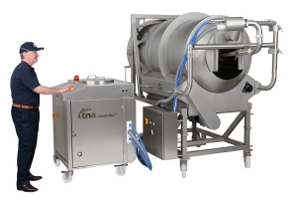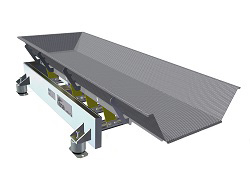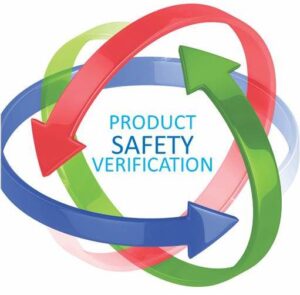Securing a safer food future: 3 ways food manufacturers can contribute to food safety
June 7, 2023
Ensuring food safety in today’s ever-changing climate is an enduring challenge for food producers the world over. Increasingly long and complex supply chains, a growing world population and the issue of climate change are all pushing food safety to the top of public health priority lists. The impact that poor food safety can have on consumer health was the driving focus behind the World Health Organization’s (WHO) decision to create a global awareness day celebrated on 7th June.

Each year, the WHO selects a new theme targeting a specific aspect of food safety, but the core goals of the awareness day remain the same: identify and combat foodborne health risks, ensure a more secure food supply for all and highlight that food safety is a shared responsibility amongst governments, producers and consumers. But who is ultimately accountable for keeping our food safe and contaminant-free? According to the WHO, food can become contaminated at any point of production or distribution, and the primary responsibility lies with food producers. Reviewing processes and implementing measures across production lines can therefore be crucial in reducing the risk of a food safety incident. As the world moves towards more enhanced measures to contribute to food safety in food processing and packaging technologies, here we outline three steps that can support producers’ endeavours, while maintaining high quality standards.
1. Ensuring equipment is easy-to-clean and maintain
Keeping a plant clean is one of the most effective measures for avoiding environmental contamination concerns. The world consistently looks to the food industry for the reassurance that plants are taking appropriate safety precautions, and while most producers already adhere to stringent regulatory requirements, manufacturers are encouraged to review hygiene procedures regularly to consider where additional cleaning may be needed.
Meanwhile, some food products, such as frozen goods, meat or fish, demand even more frequent cleaning and regular monitoring to prevent bacterial contamination. Implementing a stringent plant hygiene policy is not only necessary to meet the relevant regulatory requirements, but also to assure complete food safety. As such, food manufacturers are increasingly choosing systems constructed using easy-to-clean materials, like stainless steel, across production lines to minimise lengthy downtime and reduce the risk of allergens and contamination.
To help food manufacturers meet various safety standards, however, equipment providers are increasingly offering several options to enhance the hygienic design of food processing and packaging machinery. Easier access to machine parts can further simplify cleaning procedures. Ideally, cleaning is accomplished without removing components; but if components need to be removed, they should have a tool-less design with no loose parts. In addition, crevices, corners and other areas where food can build up are open invitations to cross contamination. Systems should therefore be free of features that create recesses, gaps and areas that are typically hard to clean.
2. Implementing metal detection systems
Metal contamination in food products is a major safety hazard for consumers – and it can happen at any stage of the food processing chain. Detection systems have therefore become an essential requirement for any production line, either as a standalone entity or integrated alongside other packaging and processing equipment. The latest technology allows processors to identify potential risks in food by monitoring for small pieces of metal, as early in the process as possible, to avoid wasted products and time.
Sensitivity and reliability are both key for effective detection systems; it is crucial that nothing is missed. Plus, with today’s processing lines capable of operating at unprecedented throughput rates, food manufacturers must be sure that their chosen detection system can perform accurately at high speeds, without decreasing productivity. As local, national and international regulations are frequently updated, it is also important to check whether metal detection equipment needs to be recalibrated in line with any new food safety risk assessments.
3. Investing in date-coding and traceability
Establishing traceability in food processing is one way in which manufacturers can manage risk on production lines. It allows the movement of products to be recorded throughout the processing stages, usually with barcodes or RFID tags. Accurate labelling forms a key part of monitoring product safety levels, so manufacturers can quickly and effectively identify what is in the packaging.
Date coding is increasingly being used to improve traceability and meet the latest food safety regulations in a simple and cost-effective way. Assurance systems can then be implemented to accurately and reliably find products that are miscoded or un-coded. These measures mean that food products have date codes clearly marked, reducing the risk of incorrectly labelled goods entering the market. Again though, date coding labelling equipment may need to be updated to stay compliant with changing food safety requirements.
Making food safety a priority
Between shifting consumer trends and evolving regulations, no two years are the same in the food manufacturing industry. Producers must be ready to adapt their production models, food safety and hygiene practices if they hope to protect their brand’s reputation and succeed in today’s market. Events like World Food Safety Day provide a useful opportunity to step back and assess best practices, but producers must remember to put food safety first throughout the other 364 days of the year. Partnering with tna can provide you with the right processes and tools to help you continue to operate safely in a highly regulated area, all year round.
Get in touch to find out more about how tna can help your business optimise food safety on production.


























